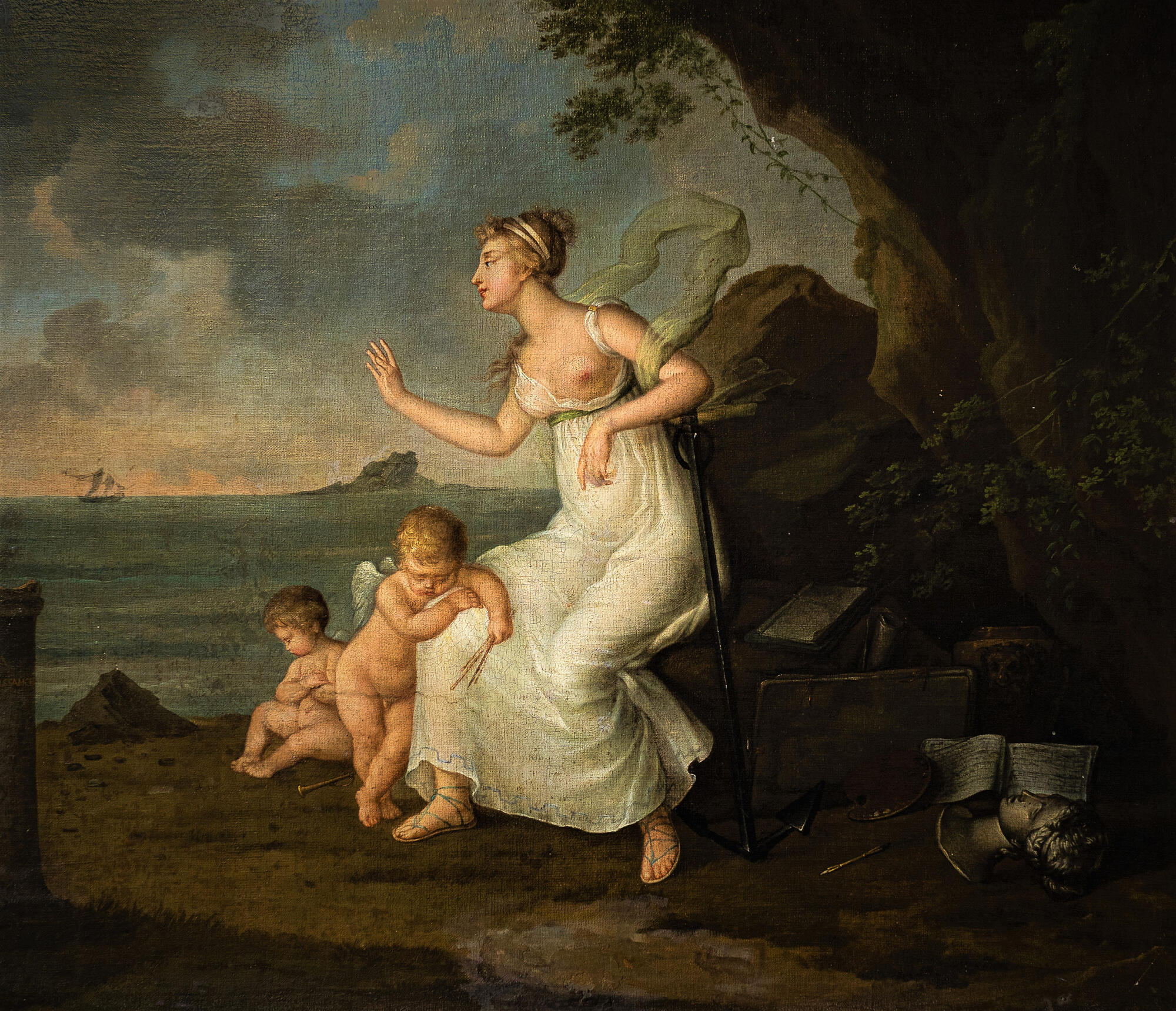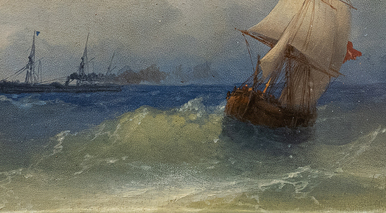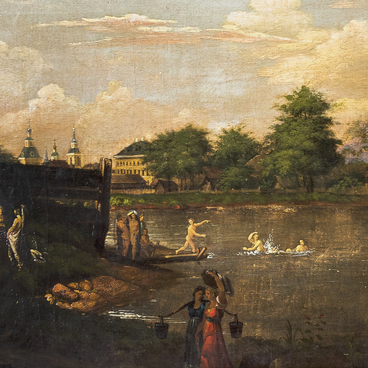The period of the late 20th — the 21st century witnesses more and more women professionally engaged in painting and graphics. They participate in major exhibitions, organize their own shoes, sell paintings at auctions and shape the agenda of contemporary art. In museums, works of many female artists of the past are gradually moving into expositions from the storerooms.
However, modern female artists would not have been able to achieve that if it had not been for their predecessors from the 19th century. In those days, it was not easy for a woman to become an artist, but there were still opportunities.
In the early 19th century, European women in search of professional education turned to Paris, where the percentage of artists was generally higher than in the rest of Europe. Many of them were refused. For example, until the late 19th century, none of them was accepted to the School of Fine Arts. However, the women did not give up and looked for other ways to do what they loved. They worked in private schools, took orders, and made their way to the Salon.
In Russia, the first drawing classes for girls were opened in the 1830s, and in the 1860s, women were accepted to the St. Petersburg Academy of Arts as external students. They were allowed to study in the same classes with men in 1873, and from 1890 they began to be enrolled as fully entitled students. The number of women in the classes increased greatly.
The painting ‘Woman with Cupids’ from the collection of the Volsk Museum was painted by a French artist Thérèse Garnier in 1805. Not much is known about her. Thérèse Garnier was born on July 8, 1776, in Paris; she studied painting under French artist Antoine Vestier. In 1799, she participated for the first time in the Salon with three portraits and became one of the few artists who had such an opportunity. Subsequently, she exhibited her paintings at the Salon two more times in 1804 and 1806. The artist died after 1832.
In the painting, an allegorical plot is combined with a romantic landscape, elements of still life, and portraits. In the early 19th century, Thérèse Garnier worked in the style of romanticism. The characteristic features of this style, which was popular in Europe, were the affirmation of the self-worth of an individual, the depiction of strong feelings and passions.
Thérèse Garnier painted a young woman sitting on the seashore in a light long dress with bare arms and breasts. The straps of blue sandals are barely visible on her feet, and a translucent light green scarf is blowing behind her back.
The woman raises her right hand and leans on the iron anchor with her left arm. At her feet, Thérèse Garnier depicted two curly cupids, one of whom holds arrows in his hands. To the right, a cliff hangs over the woman’s figure, at the foot of which an open book, a palette, and a sculptural head of Venus lie in disorder. At the left edge of the painting, a low column with a burning fire is seen.
However, modern female artists would not have been able to achieve that if it had not been for their predecessors from the 19th century. In those days, it was not easy for a woman to become an artist, but there were still opportunities.
In the early 19th century, European women in search of professional education turned to Paris, where the percentage of artists was generally higher than in the rest of Europe. Many of them were refused. For example, until the late 19th century, none of them was accepted to the School of Fine Arts. However, the women did not give up and looked for other ways to do what they loved. They worked in private schools, took orders, and made their way to the Salon.
In Russia, the first drawing classes for girls were opened in the 1830s, and in the 1860s, women were accepted to the St. Petersburg Academy of Arts as external students. They were allowed to study in the same classes with men in 1873, and from 1890 they began to be enrolled as fully entitled students. The number of women in the classes increased greatly.
The painting ‘Woman with Cupids’ from the collection of the Volsk Museum was painted by a French artist Thérèse Garnier in 1805. Not much is known about her. Thérèse Garnier was born on July 8, 1776, in Paris; she studied painting under French artist Antoine Vestier. In 1799, she participated for the first time in the Salon with three portraits and became one of the few artists who had such an opportunity. Subsequently, she exhibited her paintings at the Salon two more times in 1804 and 1806. The artist died after 1832.
In the painting, an allegorical plot is combined with a romantic landscape, elements of still life, and portraits. In the early 19th century, Thérèse Garnier worked in the style of romanticism. The characteristic features of this style, which was popular in Europe, were the affirmation of the self-worth of an individual, the depiction of strong feelings and passions.
Thérèse Garnier painted a young woman sitting on the seashore in a light long dress with bare arms and breasts. The straps of blue sandals are barely visible on her feet, and a translucent light green scarf is blowing behind her back.
The woman raises her right hand and leans on the iron anchor with her left arm. At her feet, Thérèse Garnier depicted two curly cupids, one of whom holds arrows in his hands. To the right, a cliff hangs over the woman’s figure, at the foot of which an open book, a palette, and a sculptural head of Venus lie in disorder. At the left edge of the painting, a low column with a burning fire is seen.



